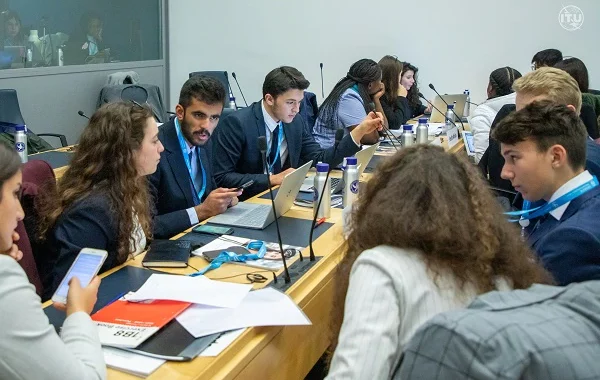Building on earlier experiences with 5G-based live productions, RTVE investigated how a portable small-cell network could help coverage of events in isolated locations, writes David Corral Hernández.
The latest innovation test from RTVE aimed to provide a solution to a very common challenge: how to deliver reliable and high-quality broadcasts from sparsely populated and poorly connected locations. On this occasion, the opportunity was provided by a radio play, La reina muerta, produced by Radio Nacional de España (RNE). It was performed last July in the town of Almagro, close to Ciudad Real, as part of the International Classical Theatre Festival.
The RTVE team aimed to use cutting-edge technologies, including 5G, to demonstrate RTVE’s public service capacity to give a voice to the least populated rural areas and to broaden cultural coverage. The project also served as a testing bed for the use of innovative technologies in rapid deployments, with limited resources and personnel.
The distribution of La reina muerta to RTVE’s website, social networks and on linear broadcast television was done using a cloud-based live video production platform called TVU Producer. The audio from RNE’s conventional radio broadcast was mixed with images captured by a camera connected to a TVU One 5G mobile IP video transmitter, and by several 5G mobile devices, integrated and synchronized in the broadcast through a mobile app.
Network slicing
RTVE’s regional centre for Castilla-La Mancha and the RTVE Innovation department joined forces to create a portable 5G network with network slicing capabilities at the Corral de Comedias open-air theatre in Almagro. Unlike other similar initiatives, rather than being automated within the network’s Building on earlier experiences with 5G-based live productions, RTVE investigated how a portable small-cell network could help coverage of events in isolated locations, writes David Corral Hernández. CLOUD-BASED PRODUCTION Using 5G network slicing to create new public service opportunities This project was made possible through Red.es, a government-owned entity that drives the digital agenda for Spain. RTVE collaborated with Telecom Castilla-La Mancha to apply for funding under the Red.es second call for 5G pilots. traffic management system, the network controller was integrated into the local base station, an approach that guarantees bandwidth and high-quality transmission services. The project also served to test the capabilities of network slicing, a feature of 5G that allows networks to be segmented in order to assign users (generally companies) different virtualized and independent “channels” on shared physical infrastructure.
Based on the experience gained through this project, RTVE believes that having a portable small-cell, such as the one provided by Telecom Castilla-La Mancha, will enhance mobility, creating new opportunities to plan and execute 5G coverage, especially for live events, wherever it is needed. The aim is to shape these technologies and their possibilities so that, as far as possible, they can be integrated into everyday workflows and allow us to make further progress in other areas, such as edge or high-quality broadcasting.
Different RTVE departments have participated in this broadcast and first network slicing test, including staff from RNE, regional centres, Barcelona and Innovation. It was another test for the most experienced 5G TV team in Spain – and probably one of the most experienced in Europe – in a demonstration of the public broadcaster’s commitment to public service, rural territories, culture and technological innovation.
The result of the broadcast can be watched at the following link: tinyurl.com/rtve-5g
This project was made possible through Red.es, a government-owned entity that drives the digital agenda for Spain. RTVE collaborated with Telecom Castilla-La Mancha to apply for funding under the Red.es second call for 5G pilots



